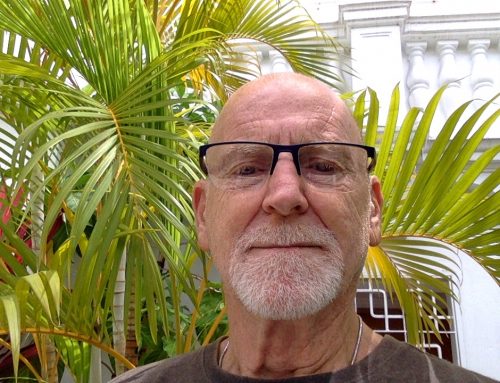Wounded healers: from clinical psychology to fiction
There’s a vivid and visceral description of self-harm in the opening chapter of my novel, Sugar and Snails. When I read it to people who know I’m a former clinical psychologist, I’m often asked if this scene stems from my work. While it’s true that past patients and clients have taught me what it might mean to want to open one’s veins with a Stanley knife, the essence of my main character’s personality comes more from the people I knew as colleagues than those who came to mental health services requesting help.
It’s not known what proportion of mental health professionals have hidden vulnerabilities themselves. Although there is now a small trend to recruit “experts by experience” to low-level posts, the myth that service users are a different species to service providers continues to hold sway. While the separation makes sense at one level – people in crisis don’t really want to hear about the problems of the person from whom they’ve sought help – it’s bad news for society as a whole. When most of us are in denial about our own wounded minds, we need the sick to stay sick to confirm we’re not like them.
When I hit an unmanageable crisis in my own life, I stemmed my tears with the heel of my hands and dragged myself to work, unable to bring myself to cancel the clients who were barely as fragile as I was. My training and years of practice carried me through. Yet it was only when I acknowledged my need for a breathing space that I could begin to heal.
It was out of this experience of letting myself sink to the bottom, that I became a writer. It had always been an interest, but I’d shelved it in favour of more “worthy” pursuits. Now I recognised that I had to indulge my creative ambitions if I wasn’t going to self-destruct. In making up stories, I’ve found a way to be truer to my vulnerable side, without losing the professionalism I had in my former career. In fiction, I can be in touch with my most painful emotions while keeping myself safe. I can write about self-harming while keeping my skin intact.
For various reasons, I made my fictional alter ego a different kind of helping professional: Diana is a university lecturer unable to apply the lessons of her own research to herself. She’s unsettled when asked to mentor a vulnerable student, with adolescent issues too close to her own trauma buried thirty years before. It’s not only the scars on her arm that Diana wants to keep hidden, but the shame of not being the person she feels she ought to be.
Fiction is a powerful vehicle for combating stigma. In our reading, we can get close to people who, in real life, we might avoid. Diana’s vulnerability makes her a prickly character but, on the page, readers are increasingly moved by her plight. She’s never had a diagnosis and is suspicious of any offers of help. But when she finally softens, when she dares to let down her guard, she blossoms. She’s wounded, not just in her body, but in her mind, as many of us are. But wounds, if we let the air get at them, can heal.
* * *
Anne Goodwin loves fiction for the freedom to contradict herself and has been scribbling stories ever since she could hold a pencil. During her career as an NHS clinical psychologist her focus was on helping other people tell their neglected stories to themselves. Now that her short fiction publication count has overtaken her age, her ambition is to write and publish enough novels to match her shoe size. Her debut novel, Sugar and Snails, was published in July 2015 by Inspired Quill.
Anne can be found on her blog, Facebook and Twitter
If you enjoyed this post, please take a few moments to leave a comment or to share with your friends using the little share buttons below.







Fighting stigma with fiction! I never thought of it. Great approach and much luck. Our close family friend is a psychiatrist (female) who unburdens on my wife each night. The concept of “wounded healer” stems from Shamanism. Shamans, it is believed, thought of the mentally ill as the “birth of a healer”.
Thanks, Tom. I do think that fiction is great in letting us get close to things we might also fear and making them more manageable.
I feel for both your friend and your wife. It’s really hard for psychiatrists, I think, as they are trained to expect to be the strongest member of the team, making it harder to admit the stress is get into them. But her employer really ought to be providing supervision for that offloading as an expected part of the job.
Thanks for that thought about the Shamans too – very interesting.
Thank you for your thoughtful reply. I will have my wife make pass along the suggestion to our psychiatrist friend.
This is enormously helpful. I’ve written wounded healers, but not consciously. I will now. Thank you, Anne.
Thanks, David, and all the best with your writing.